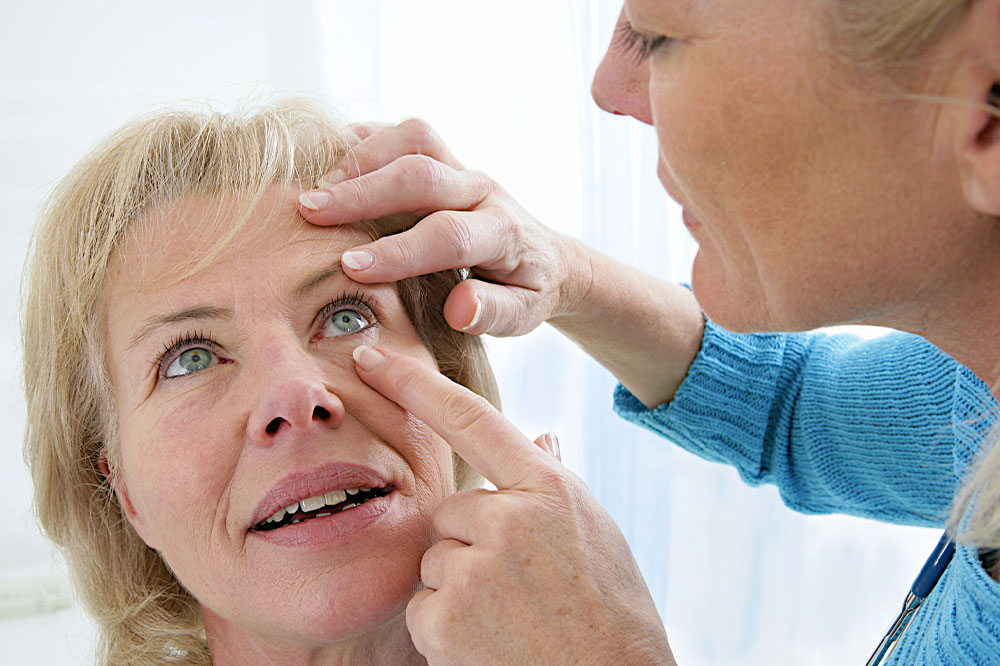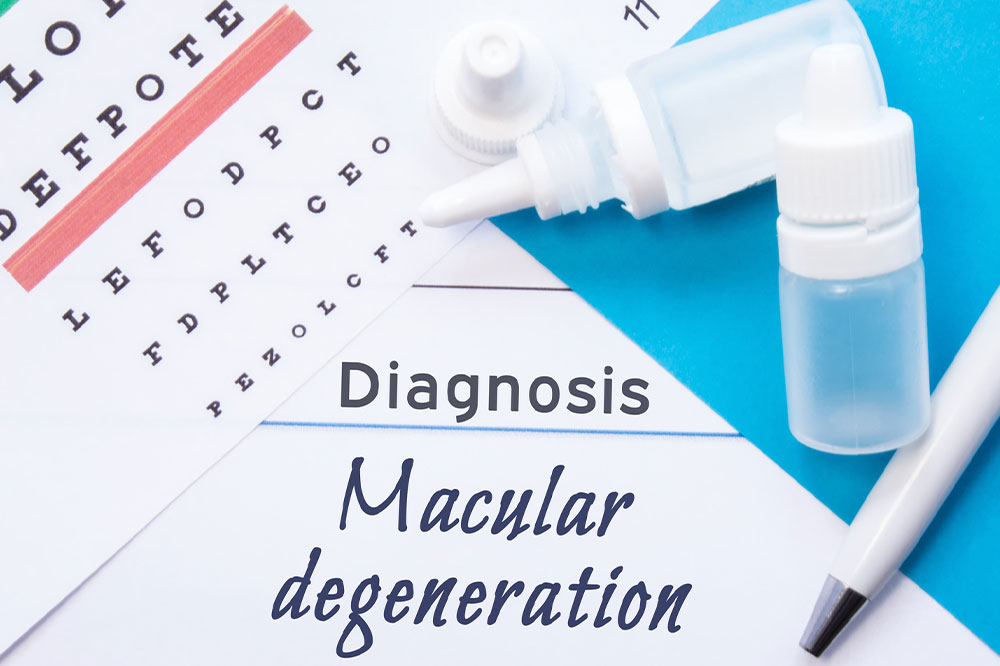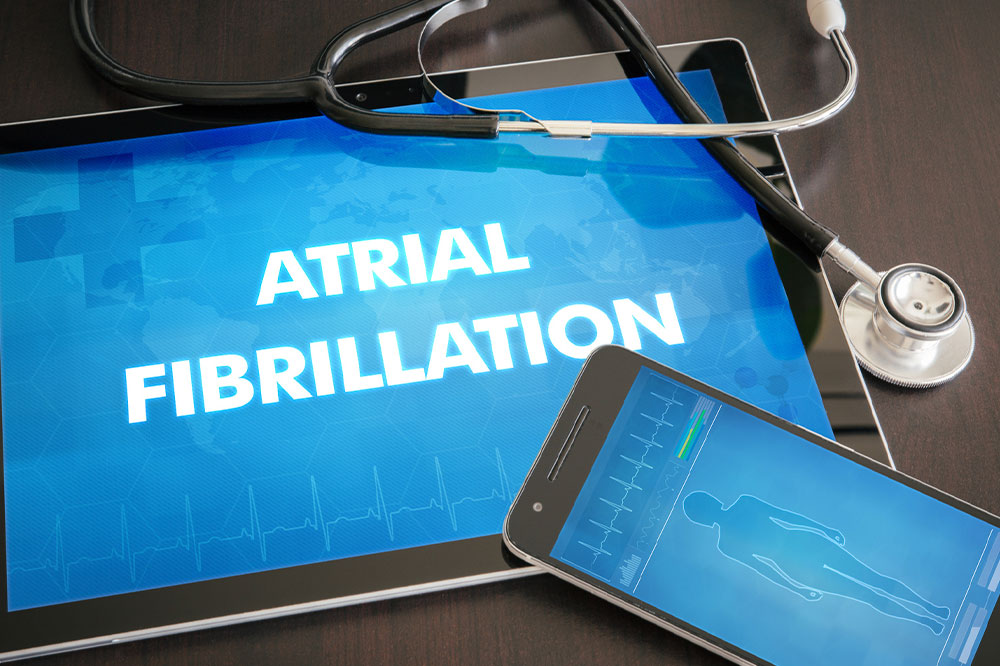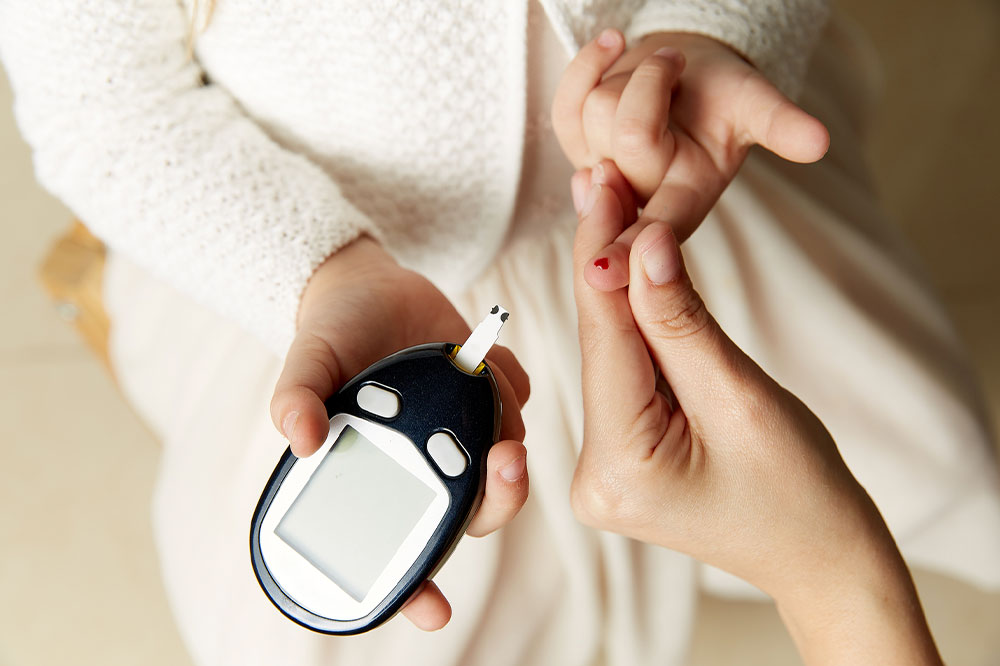
Age-related macular degeneration – Causes, symptoms, and management techniques
Age-related Macular Degeneration (AMD) is a common condition that affects the macula – a light-sensitive tissue at the back of the eye. Age-related Macular Degeneration is the top cause of blindness in people over 65, affecting more than 6 million people today. As you age, AMD can cause a progressive loss in central vision (the ability to see objects clearly). It can lead to vision loss or blurriness of things you see with your central eye. Here we will take an in-depth look at what causes AMD, how it affects your eyesight, and what treatments are available. What is macular degeneration? Macular degeneration is a disease that affects the macula or the light-sensitive tissue at the back of your eye. It causes blurred vision and loss of central vision (the area where you see things clearly). This can make driving dangerous or impossible for some individuals who have lost their peripheral vision because they cannot judge distances accurately anymore. Risk factors In general, the following risk factors are associated with AMD: Age (50 or older) Gender (men more likely than women) Family history of AMD in first-degree relatives (parents and siblings), especially if there is a tendency for early onset of the condition High-risk factors include high blood pressure, cholesterol, smoking, and diabetes.
Read More 










